Love Your Heart – Take Steps to Reduce Heart Risks

Eating Right for Your Heart
A heart-healthy diet includes a variety of fruits, vegetables and whole grains, as well as lean meats, poultry, fish, beans and fat-free or low-fat dairy products. Try to avoid saturated fat, trans fat, cholesterol, sodium (salt) and added sugar.
Saturated and trans fats can be especially harmful to your heart and arteries. A heart-healthy diet is low in these harmful fats but includes moderate amounts of healthy fats. Mono- and polyunsaturated fats, especially omega-3 fats, are good for your heart.
Saturated fats are unhealthy primarily because they raise blood levels of low-density lipoprotein (LDL), the so-called "bad" cholesterol. No more than 7 percent of your calories each day should come from saturated fats. For a person eating 2,000 calories per day, that's 16 grams of saturated fat, the equivalent of less than 3 ounces of cheese.
To decrease your saturated fat intake, cut down on meat, butter lard, cream, cheese and chicken skin. Switch to more plant-based fats instead. For example, add guacamole instead of cheese to your tacos. Spread peanut butter — especially natural peanut butter — instead of butter on your toast. Sauté vegetables in a teaspoon of oil instead of a pat of butter.
Trans fats are commonly found in deep fried foods or foods made with partially hydrogenated oils, are especially harmful because they raise LDL cholesterol and also decrease the "good cholesterol," high-density lipoprotein (HDL). There is no recommended level of trans fat because any amount can be harmful.
To decrease your trans fat intake, cut down on margarines, shortening, fast food and processed food. Switch to more Omega-3 fats such as salmon, mackerel, trout, sardines, anchovies, flaxseeds, walnuts, soybean and canola oils.
When it comes to your weight, all fats are equally high in calories. When it comes to your heart, some fats are bad and some are good.
Exercise – Get Active and Stay Active
Regular physical activity is another powerful way to reduce your risk of heart-related problems and enjoy a host of other health benefits. To make physical activity a pleasure rather than a chore, choose activities you enjoy. Take a brisk walk, play ball, lift light weights, dance or garden. Even taking the stairs instead of an elevator can make a difference.
At least 2 and a half hours a week of moderate-intensity physical activity can lower your risk of heart disease, stroke, hypertension and diabetes.
Understand Your Risk of Heart Attack
To tackle your heart risk factors, it helps to know your numbers. Ask your health care provider to measure your blood cholesterol and blood pressure. Then determine if your weight is in the healthy range.
The higher your cholesterol level, the greater your risk for heart disease or heart attack. High blood cholesterol itself doesn’t cause symptoms, so you can’t know if your cholesterol is too high unless you have it tested. Routine blood tests can show your overall cholesterol level and separate levels of LDL (“bad”) cholesterol, HDL (“good”) cholesterol and triglycerides. All of these blood measurements are linked to your heart health.
High blood pressure (hypertension) is another major risk factor for heart disease, as well as for stroke. High blood pressure is often called the “silent killer” because, like high cholesterol, it usually has no symptoms. Blood pressure is always reported as 2 numbers, and any numbers above 120/80 mmHg raise your risk of heart disease and stroke.
Scientific evidence is strong that controlling high blood cholesterol and high blood pressure prevents cardiac events such as heart attacks.
Your weight is another important number to know. To find out if you need to lose weight to reduce your risk of heart disease, you’ll need to calculate your body mass index (BMI, a ratio of weight to height). A BMI between 25 and 29.9 means that you’re overweight, while a BMI of 30 or higher means obesity.
Next, take out a tape measure. A waist measurement of more than 35 inches for women and 40 inches for men raises the risk of heart disease and other serious health conditions. Fortunately, even a small weight loss (between 5% and 10% of your current weight) can help lower your risk.
If you have diabetes, it’s important to keep your blood sugar, or glucose, under control. About two-thirds of people with diabetes die of heart or blood vessel disease. If you’re at risk for diabetes, modest changes in diet and level of physical activity can often prevent or delay its development.
Quit Smoking
If you happen to be a smoker, the best thing you can do for your heart is stop. People who smoke are up to 6 times more likely to suffer a heart attack than nonsmokers. The risk of heart attack increases with the number of cigarettes smoked each day.
The good news is that quitting smoking will immediately begin to reduce your risk, and the benefit in reduced risk will continue to increase over time. Just one year after you stop smoking, your risk will have dropped by more than half.
Be Proactive – Learn the signs that something’s wrong
Beyond controlling your risk factors, you should be alert to certain symptoms and get checked by a doctor. Common signals that something‘s wrong with your heart include angina—pain in the chest, shoulders, arms, neck, jaw or back—as well as shortness of breath, irregular heartbeat or palpitations (arrhythmia)
and fatigue.
Be aware that the symptoms of a heart attack can vary from person to person. If you’ve already had a heart attack, your symptoms may not be the same if you have another one.
Set a Good Example
Finally, don’t forget that you can influence your loved ones’ heart health by setting an example. Do you have children, grandchildren or other young people who look up to you? If you follow a heart-healthy lifestyle, it’s more likely that they will, too. Because heart disease begins in childhood, one of the best things you can do for those you love is to help children build strong bodies and healthy habits.
The bottom line is, it’s never too late to take steps to protect your heart. It’s also never too early. Start today to keep your heart strong. Talk to your doctor about your risk and to create an action plan. Love your heart.
Royal Jelly and Modern Science
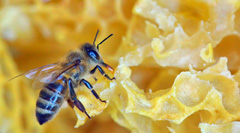
Royal jelly is the most vital and valuable substance known. This nutrient dense is reserved by the bees only for their queens. The entire bee hive is dependent upon the queen; she lays up to 2,000 eggs daily and lives up to 6 years, while a worker bee does not lay a single egg and lives only six weeks. Both the queen and the workers are females, begin as identical bee eggs. Royal jelly is the only thing which makes the difference.
It is incredible that this nutritionally rich substance can actually convert a worker bee into a queen bee and is responsible for her unique physiology, long life, physical power, and immense fertility. No other substance is capable of such phenomenal biological transformation. Royal jelly has an impressive array of nutrients containing 22 amino acids, all the known B vitamins, Pantothenic acid (the anti-stress vitamins found in an ultra dense supply), riboflavin, pyridoxine, biotin, inositol, and choline. It also contains niacin, thiamine, folic acid, vitamin B-6 (several times richer than brewer's yeast), and vitamin B-12. Plus, it contains significant amounts of fat soluble vitamins, like vitamins A, D, and E. Vitamin C is found in smaller amounts. By weight royal jelly is approximately 13% protein, which makes it richer in this critical nutrient than virtually any known substance.
What can royal jelly do for the human body?
For humans, royal jelly has the power to change lives, mentally and physically. Research provides compelling proof that royal jelly can improve complexion, eliminate fatigue, prevent insomnia, reverse stress, decrease pain, build a more beautiful physique, provide greater energy and extend life. In Europe and Asia, it is most famous for its medicinal powers as well as a remedy for enhanced beauty, greater physical and mental strength. In his book “The Longevity Solution”, Dr. Ingram states: “Royal jelly contains virtually everything the body needs for optimal health as well as for combating disease. It has everything the human body needs to rebuild, revive, regenerate, and survive.”
What is Acupuncture?
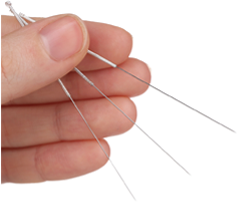
Acupuncture and Traditional Herbal Medicine is a complete medical system that has been used effectively throughout Asia for thousands of years to treat a wide range of health problems.
The acupuncture medical technique involves penetrating the skin with hair-thin, solid needles accurately and gently at specific pressure points. The needles are inserted to various depths depending on the part of the body and the conditions that are being treated and may also be manipulated by the hands or by electrical stimulation.
How does Acupuncture work?
The body has an innate healing response, and it is only when the body cannot repair itself that a problem becomes chronic. Acupuncture restarts or resets this healing process by regulating the flow of qui energythrough the body. This flow of energy acts as a communication network that promotes healing and normalizes function of the body's systems.
In the modern medical science's view, it is proposed that acupuncture produces its effects through regulating the nervous system, thus aiding the activity of pain-killing biochemicals such as endorphins and immune system cells at specific sites in the body. In addition, studies have shown that acupuncture may alter brain chemistry by changing the release of neurotransmitters and neurohormones and, thus, affecting the parts of the central nervous system related to sensation and involuntary body functions, such as immune reactions and processes that regulate a person's blood pressure, blood flow, and body temperature.
Since acupuncture treats the whole person and not just a specific symptom, it has positive effects in virtually any ailments.




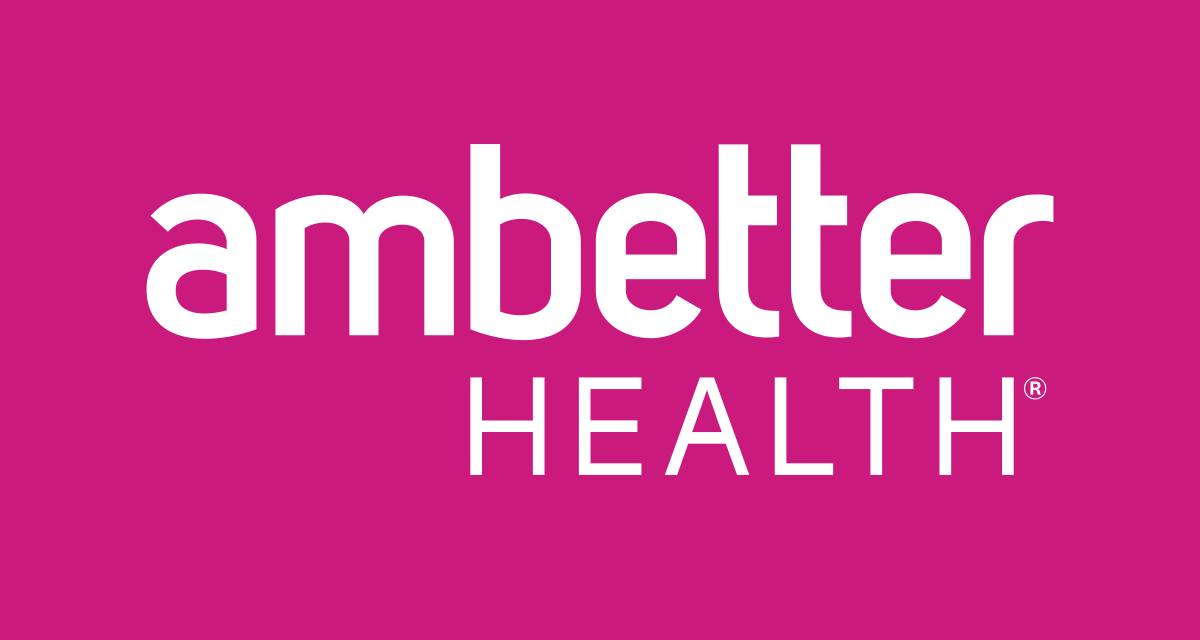


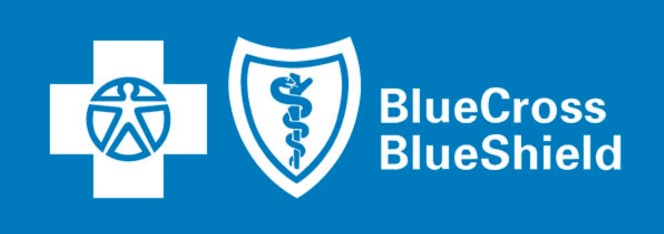



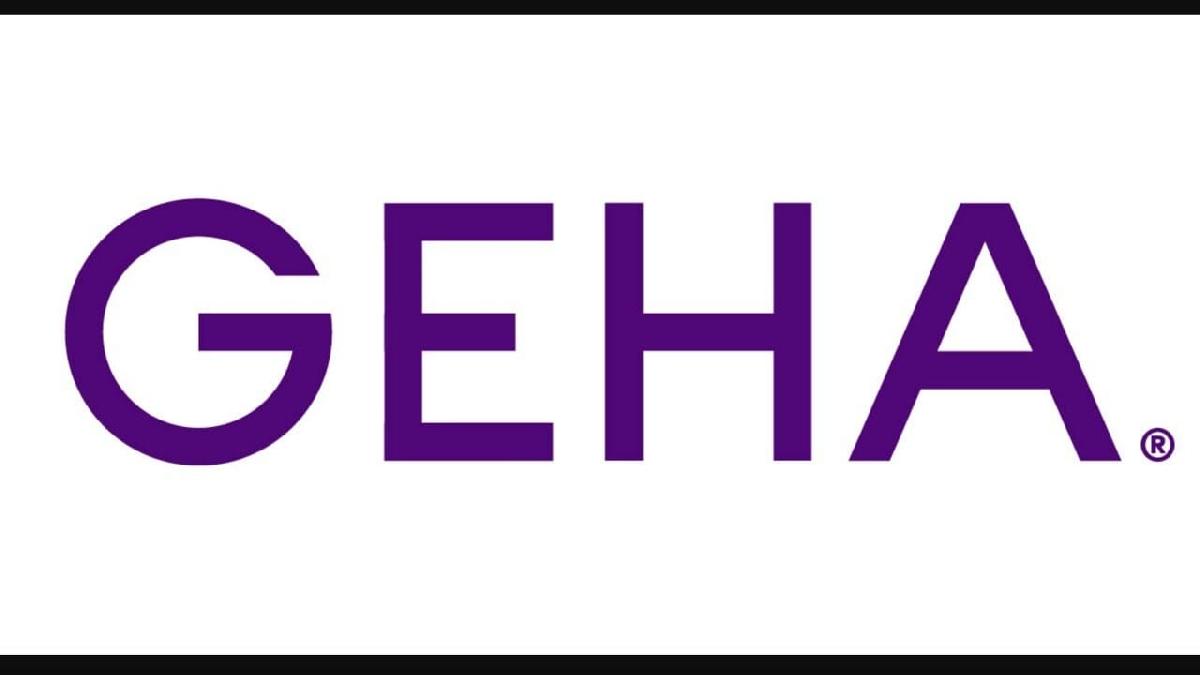





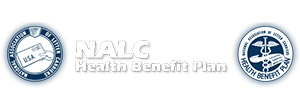
.jpg)







